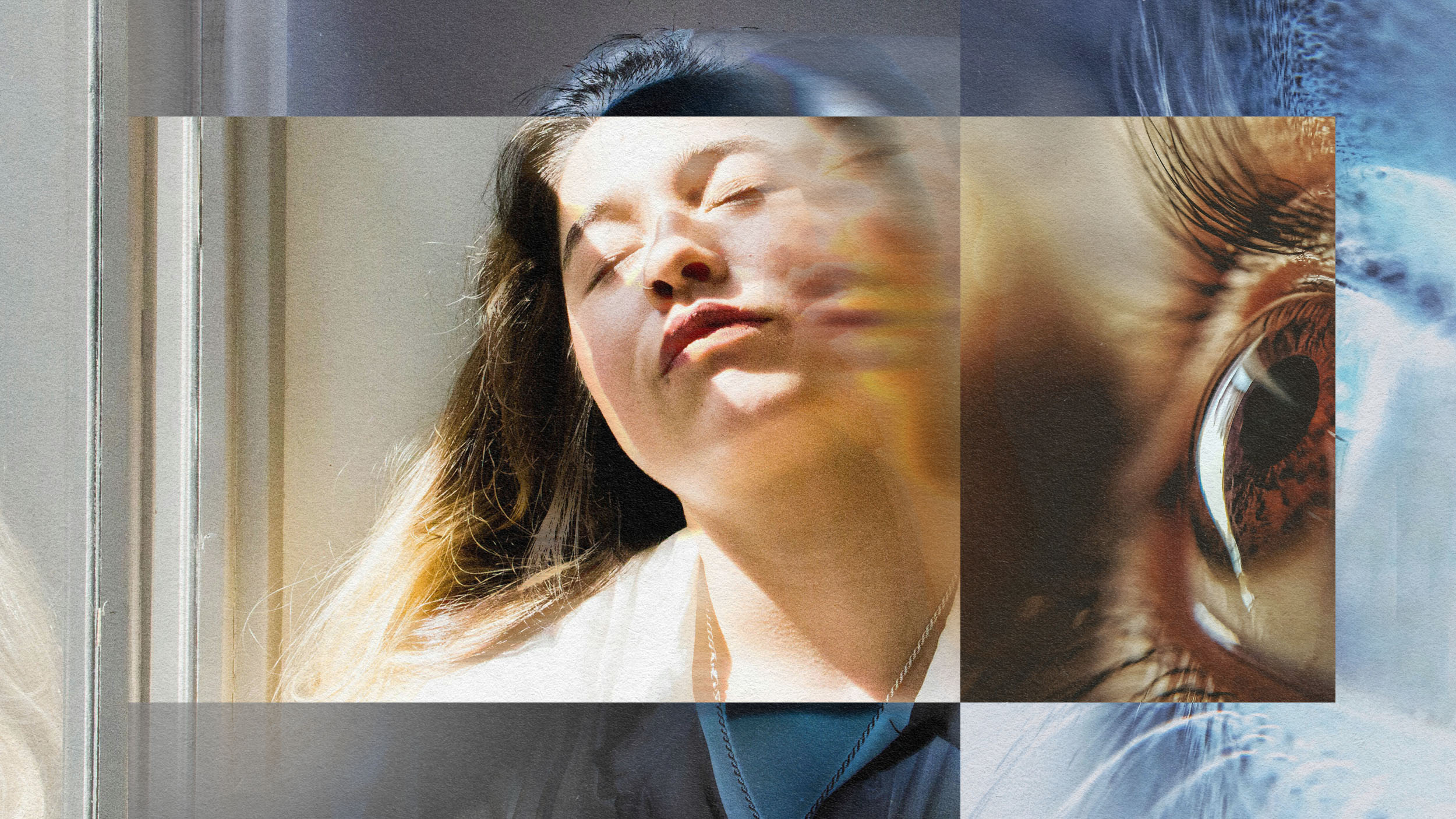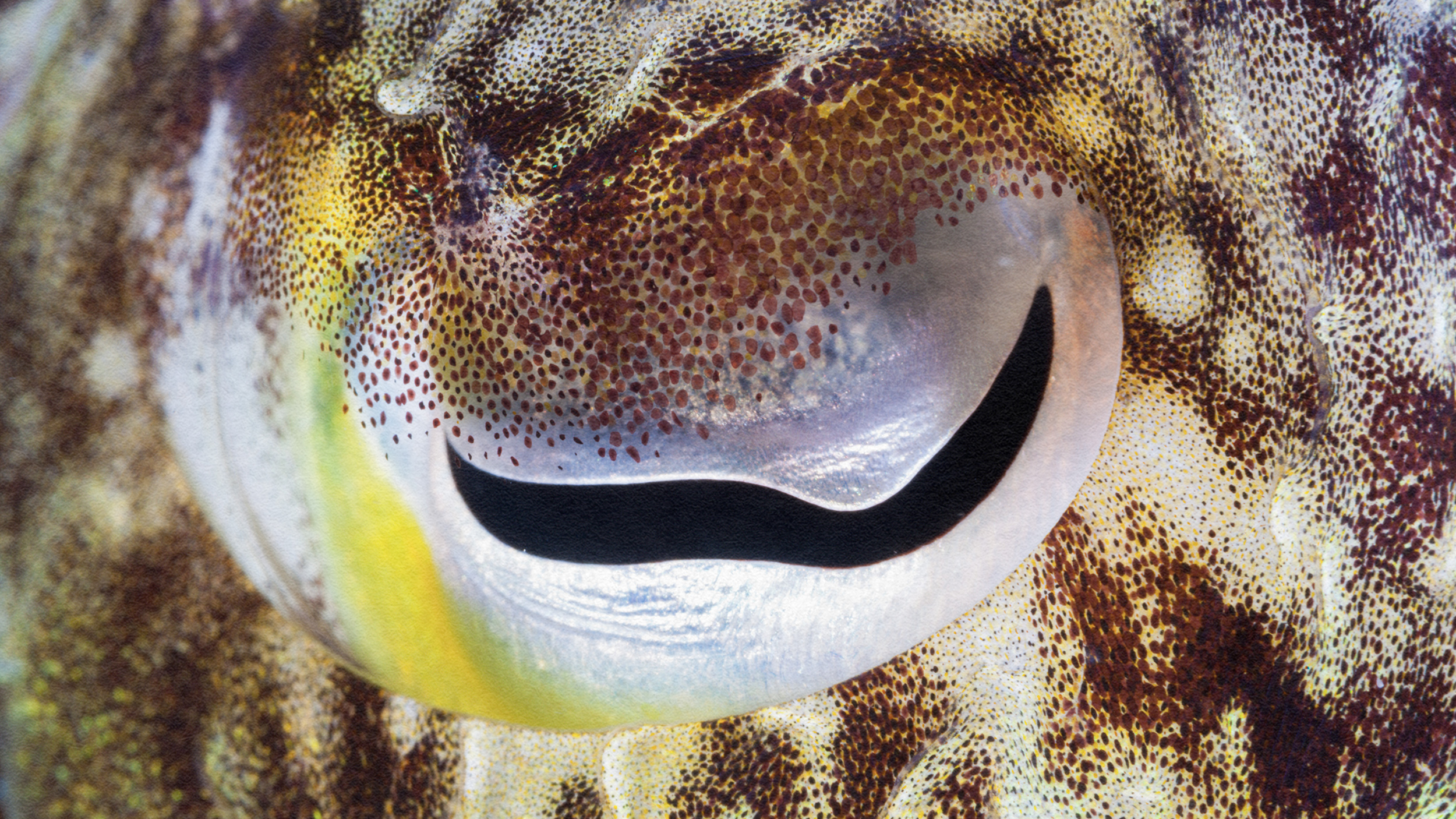How to Take the Perfect Nap (and Avoid Grogginess)

What’s the Latest Development?
Now more than ever before, sleep researchers understand the components of a nap, what can make nappers groggy, and how you can take the best nap possible. If you’re taking a short nap—less than 90 minutes—you won’t experience REM sleep. In non-REM sleep, there are two stages: light sleep and slow-wave sleep. A 10-20 minute offers light sleep, giving you a boost of energy, while an hour-long nap, which involves slow-wave rest, consolidates memory but can leave you feeling groggy after waking. That groggy feeling is caused by what sleep researchers call sleep inertia or sleep drunkenness.
What’s the Big Idea?
Taking the right kind of nap depends on your goals. For the office, the 10-20 nap seems most reasonable. On a weekend afternoon, an hour-long nap, or even an REM nap of 90 minutes or more, may be more appropriate. To wake up perky from naps, experts recommend two tricks: One is to drink caffeine before your nap. Caffeine won’t interfere with short naps and will lessen the effects of sleep inertia. The other trick is to sleep partially upright. Studies conducted by sleep researchers have shown that not lying totally flat results in avoiding falling into a deeper sleep.
Photo credit: Shutterstock.com
Read it at the Wall Street Journal





